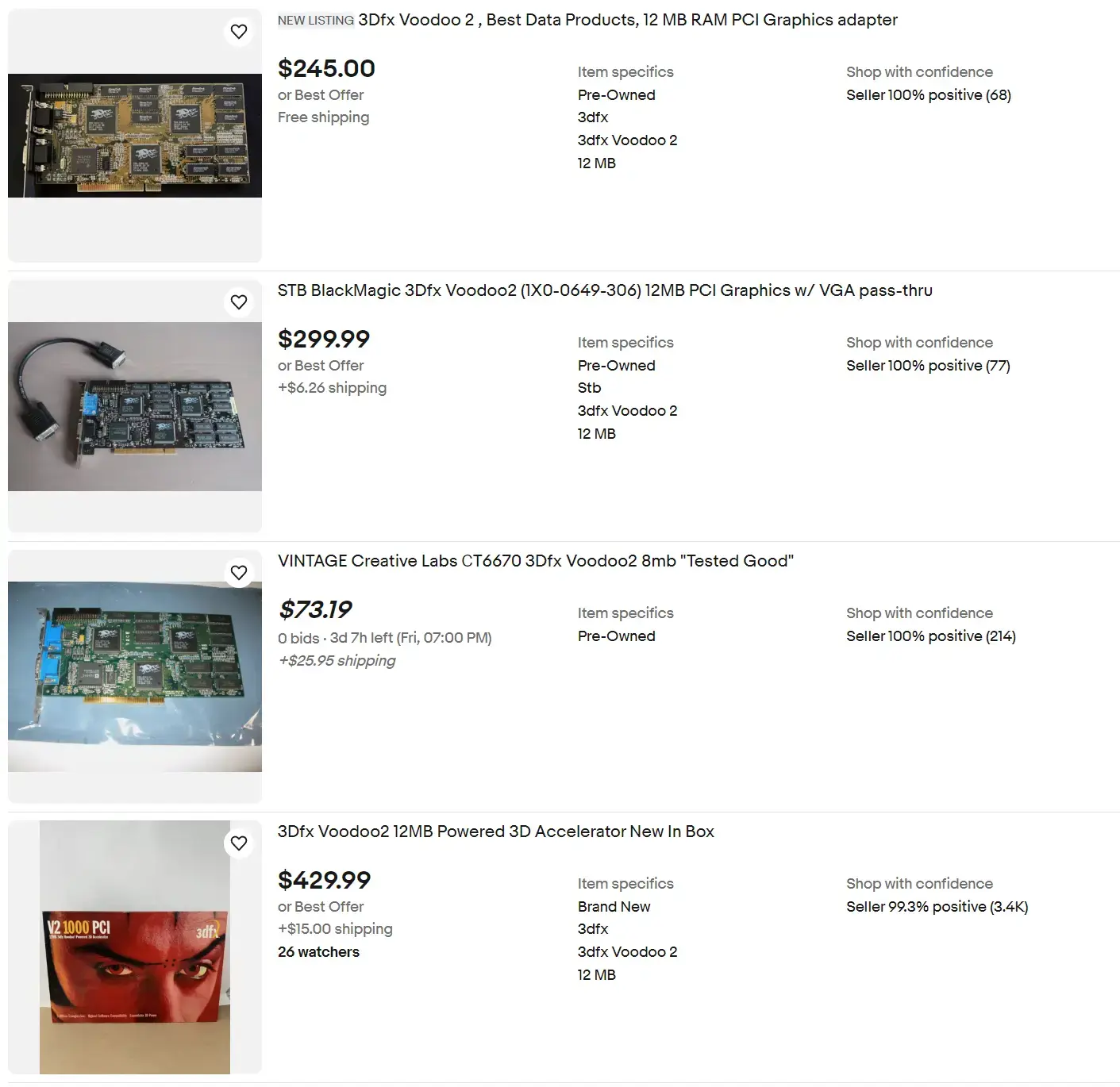IRQ 5, I/O 220, DMA 01 🤘🏻
I was poor, so mine was typically running the “or SoundBlaster compatible” card.
“Your sound card works perfectly.”
And if you kept pressing it, it would tell you off. Back when even installers had more soul than their games do now.
Ugh…
How did PCs beat out the Amiga, Mac and ST with nonsense like that?
How did PCs beat out the Amiga, Mac and ST with nonsense like that?
I think you can ultimately blame Compaq. It was the first “pc clone” that showed the market that a PC not from expensive IBM was viable. After that even if you weren’t buying a Compaq your own generic clone was “good enough”. So You could access hardware and software built for a $4000 8088 IBM PC with your $1200 clone.
Amiga never was commodity hardware. It was always expensive. It didn’t get cheap enough fast enough. Amiga 500 came too late.
Open and documented APIs.
Because I could play the same copies of the same games on my Tandy 1000, the IBM PCs at school, and my friend’s Packard Bell. Standardized architecture was, and still is, a huge draw.
They could play Wolfenstein and Doom…
Most of the time it was IRQ 7 for me.
Yeah, IRQ7 was also pretty common for sound cards as long as you didn’t need to print at the same time. For DOS games, that wasn’t a big deal but if you were running Windows and multitasking with something that played sound (I was an early adopter of MP3s), you couldn’t use both at the same time.
My first Pentium PC was all kinds of awful because it used that IBM Mwave combo sound card /modem. You couldn’t use the modem and play sound at the same time or it would lock the PC up. It was also configured by default to use IRQ7, so if you were online, you couldn’t print either. At least I was able to work around the latter by setting it to IRQ5.
And then three things happened at once
- Creative de-facto monopolized the industry often by unethical means (suing Aureal into bankruptcy, etc.), not letting much room for competitors, which in turn lead to diminishing quality on the part of Creative.
- Microsoft didn’t put hardware acceleration support into XAudio, which superseeded DirectSound.
- Game publishers realized the vast majority of gamers didn’t care about sound quality, so they could spent those resources on making the games look a little bit more realistic.
How quickly we forget the chip tunes of the PC Speaker, I used it in a computer lab one day to play a nearly undetectable high freq wave using logo. The PC Speaker was a pretty flexible little speaker
I used the Amiga disk drive to play music. It sounds like you would imagine. And will destroy the drive if you play too much.
Dr. Sbaitso says “'sup.”
SET BLASTER=A220 I5 D1 H5 P330 T6
Failed. IRQ currently in use.
When I was a kid we had 9 planets.
At least it was a real name. Nowadays it seems like every new company’s name is just a random jumble of letters solely because that .com was available.
And of course there was a short period of time where a sound card wasn’t required, but would actually improve performance by offloading audio processing to your sound card if you had one. And onboard audio at that time wasn’t great anyways.
And of course there was a short period of time where a sound card wasn’t required, but would actually improve performance by offloading audio processing to your sound card if you had one
we are at this point in history, but for graphics cards :)
Oh god AC97 era onboard audio was just bad, there was always weird glitchy sounds coming from interference elsewhere on the motherboard
Or when your mobile phone was about to ring.
That one was actually down to poorly insulated speakers and 2G phone signals dipping into the audible frequency range
Not the same thing, but I still have my old Voodoo 2 3D-accelerator card (not the same thing as a video card back then).
It’s a good thing you held onto it.

what was really cool were the few games that would give realistic* music and speech from the internal motherboard speaker. No daughterboards or external speakers required. This was 386 era, I think.
* realistic as much as could be from that tiny internal speaker and 8 bits of data.
Forgive me if I’m wrong, but I think the PC speaker was literally a 1-bit speaker. Anything that sounded more detailed was PWM on that one bit
Wait, he didn’t even get to the part where you had to configure it!!
IRQ 5?
Removed by mod
The company name was Creative Labs.
Removed by mod
I inferred that the “…” meant he was still talking and his granddaughter interrupted him












